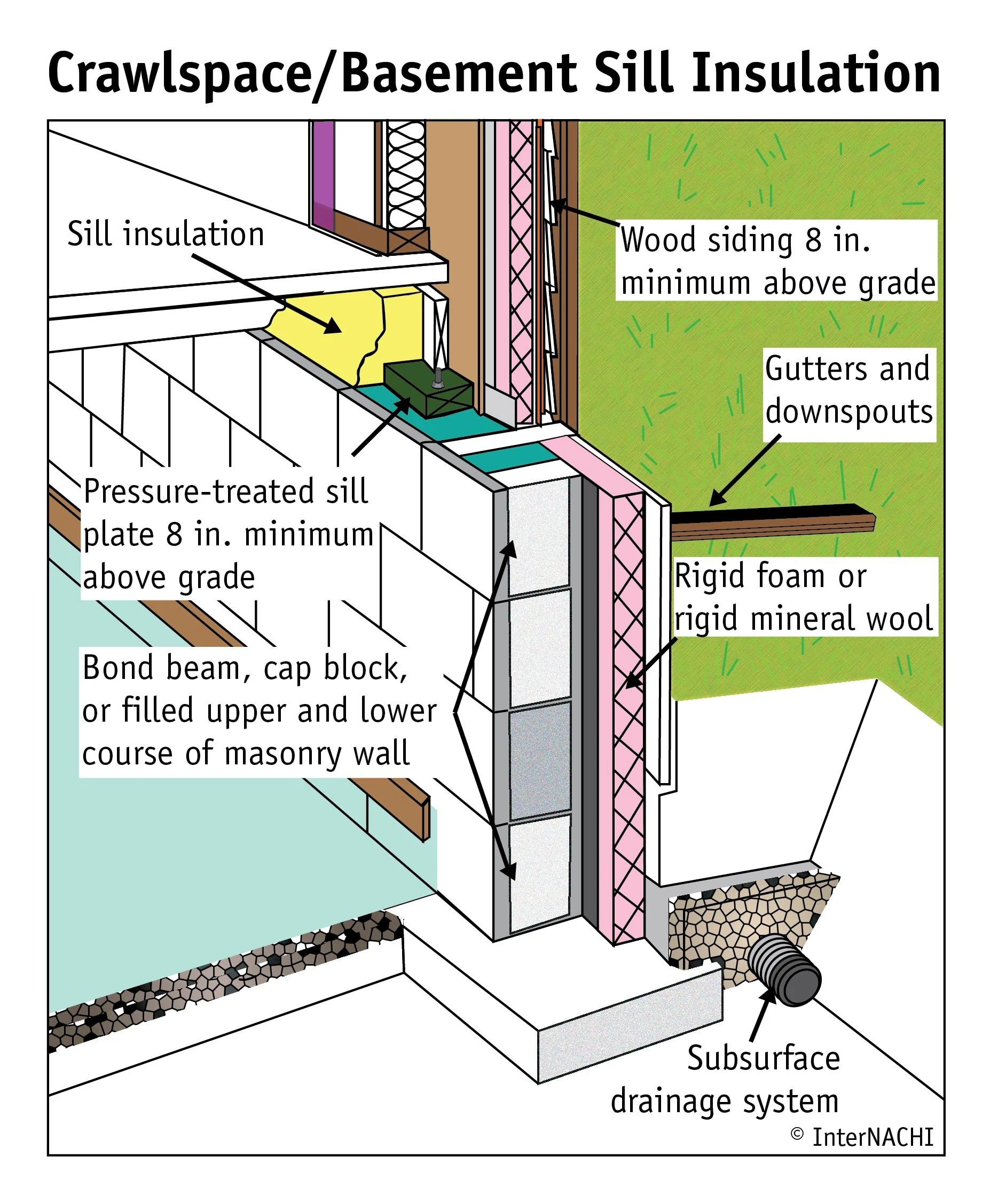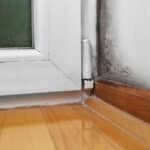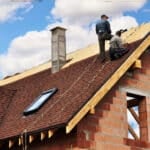Foundation Types
Full Basements
A third option is to use a foam-form foundation system. Polystyrene foundation forms are set on conventional footings, much like building a Lego® wall. Concrete is placed into the forms where it cures to form both the structural and thermal components of the basement wall. Exterior foam, either foam boards placed on the exterior of a conventional foundation, or in a foam-form wall system, may provide a concealed entry path for subterranean termites. Termites can tunnel through and behind many foam products. If exterior foam insulation is used, a continuous metal termite shield must be used between the top of the foundation and the sill plate to force termites out of the foam and into view. Even then, treatment with conventional termiticides to stop the infestation may be difficult. Foundation waterproofing, site and footing drainage, and termite treatments are similar for insulated and uninsulated basements. However, if exterior foam insulation is to be used, use waterproofing products compatible with the foam.
Crawlspaces
In many respects, crawlspace walls are just short basement walls. Exterior foam and foam-form insulation systems can be used. However, interior crawlspace wall insulation is usually either foam board or draped insulation. If foam insulation is used, it extends from the top of the foundation to the top of the footing. The cavity formed by the rim joist should be filled with fiberglass batts or a foam-in-place product. Most fire codes allow up to 2 inches of polystyrene exposed on the interior of a crawlspace before covering is required.
Slab-on-Grade
Heat loss is greatest at or near the exterior grade. To reduce heating costs and reduce the cold-floor syndrome common to slab-on-grade construction, insulation is critical. Exterior foam insulation, similar to exterior basement insulation, works well. Insulation should extend from the top of the slab to the top of the footing. Foam insulation inside the footing is also common. It is necessary to provide a thermal break to prevent thermal wicking from the slab to the outside. Installing a pressure-treated nailer or beveled slab edge provide the thermal break while still allowing floor-covering attachment. Climate, cost of fuel, efficiency of heating equipment, and type of foundation help determine the cost-effective level of insulation.
Savings from insulated foundations vary with fuel price, heating equipment performance, and climate. The cost of full-basement foundation insulation will vary, but builders have reported prices between $800 and $1,200. If the mortgage of a new home were increased by $1,200, the increase in home payment would be $106 annually for a 30-year, 8% loan. The combined heating and mortgage costs would be similar, and the home would be more comfortable and provide a healthier indoor environment.
Frequently Asked Questions
If a basement is unfinished, does it still need foundation insulation?
Is floor insulation above a basement or a crawlspace an alternative to foundation insulation?
Yes, but keep in mind that pipes, ducts and HVAC equipment located in the basement would then need to be insulated to protect pipes from freezing. Sometimes these can be grouped in a small area with insulated walls while the floor above the rest of the basement is insulated.
Doesn’t placing insulation on the exterior improve energy performance?
If the basement incorporates passive solar design with a significant amount of south-facing windows, exterior insulation will be beneficial, provided the walls are exposed to solar gain. In a typical basement, the energy savings are negligible.
Should the interior of foundation walls have vapor barriers?
If interior insulation is used, yes. The concrete must be allowed to dry, but moist basement air typical of Midwest summers should not be allowed to reach the cool wall where it can condense. Batt insulation specifically designed for the interior of foundation walls has a perforated poly facing that prevents air from circulating through the batt, but allows water vapor from the wall to escape.
Will foundation insulation increase the risk of termite entry?
It is a good idea for the purposes of foundation inspection for termites to allow an open band or a small area where foundation insulation is omitted?
In some southern states with a high incidence of termite infestation, including Florida, North and South Carolina, Georgia, Alabama, Mississippi, Louisiana, eastern Texas, southern and central California, Georgia, Tennessee, and Hawaii, rigid foam insulation is not allowed to come in contact with the soil. In other areas, a 6-inch gap between the top of the foundation insulation and any wood framing member is required to permit visual inspection for termites.
Will exterior foundation insulation materials be chemically attacked by damp-proofing?
In can happen. Always follow the insulation manufacturer’s instructions for damp-proofing.
What about waterproofing?
How long will exterior foundation insulation last?
Should foam insulation above grade be protected?
Should crawlspaces be ventilated?
Do foam insulation boards installed on the interior require fire protection?
All foams require thermal protection equal to ½-inch of gypsum wall board when installed on the interior of a building, including a crawlspace. The only exception is Celotex ThermaxÒ polyisocyanurate, which may be installed without a thermal barrier where approved by the local building code official.
Are insulating concrete form (ICF) systems less expensive than an insulated, poured-in-place concrete wall?
ICFs can be competitive, but costs are project-specific. Foam used in these systems should address the same concerns outlined above for foam board.
In summary, taking time to plan the best insulation system for you new home, and taking stock of the insulation currently installed in your home, can lead to energy savings in the long run.






